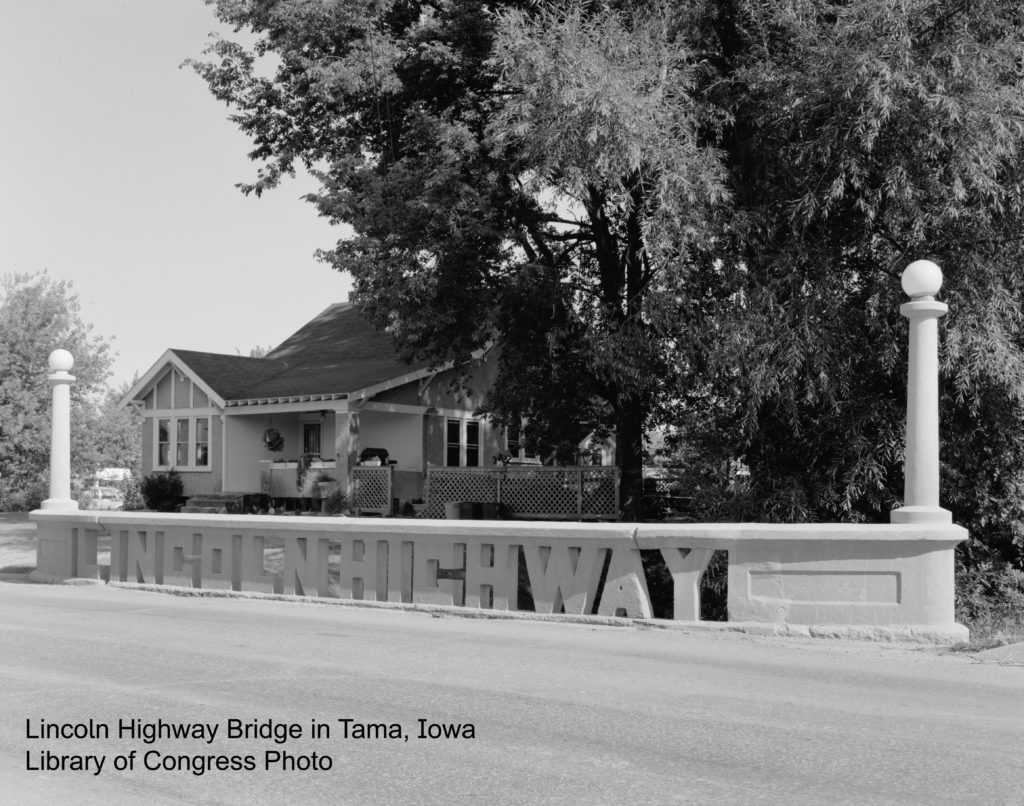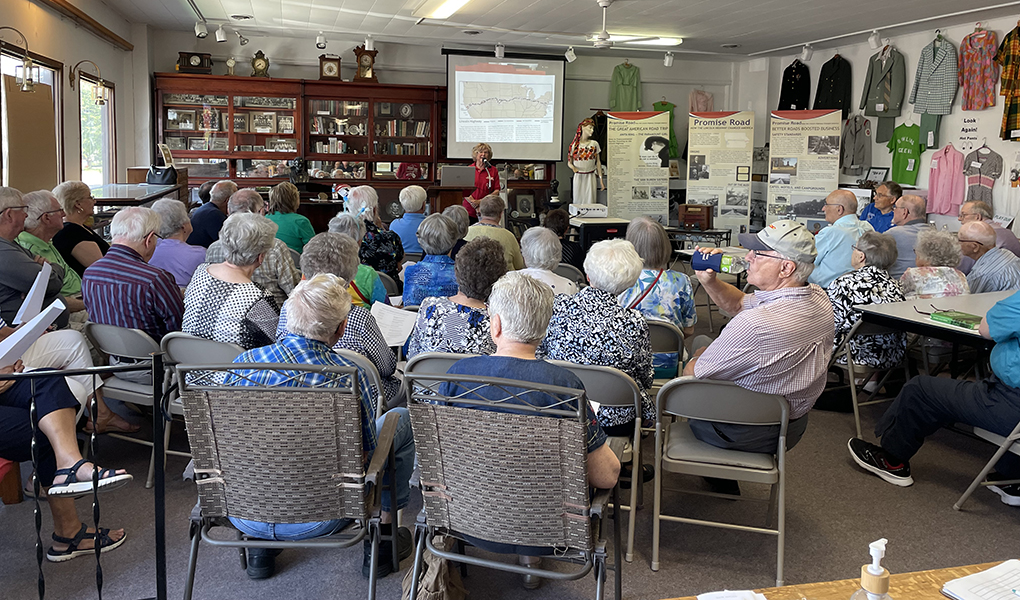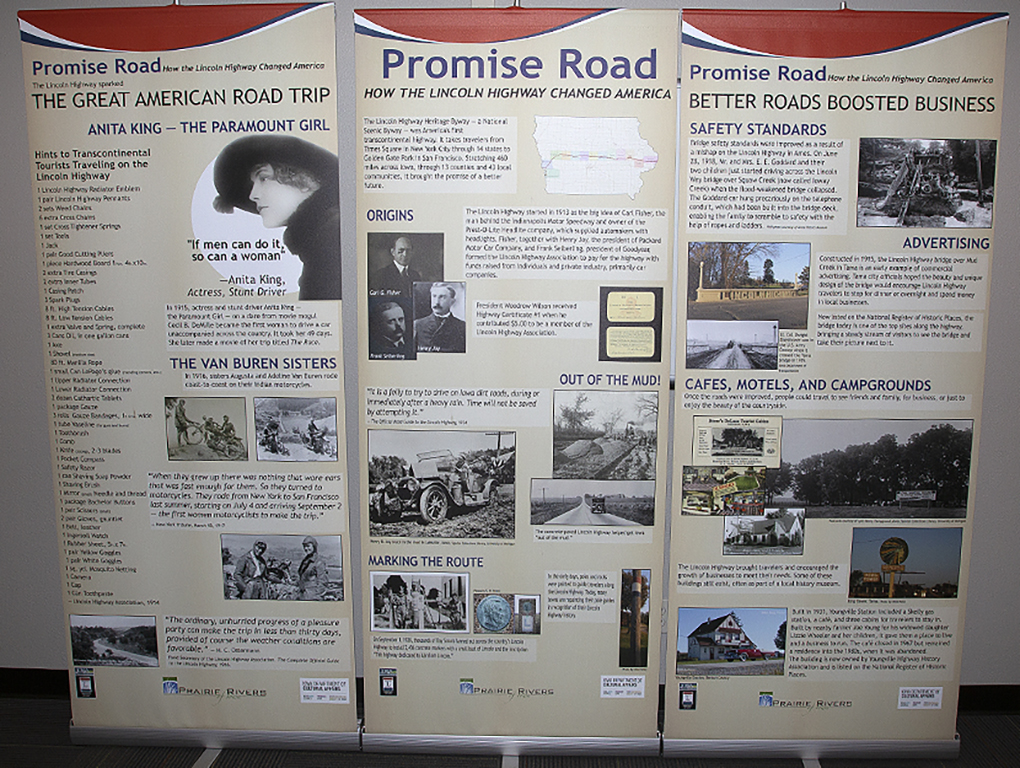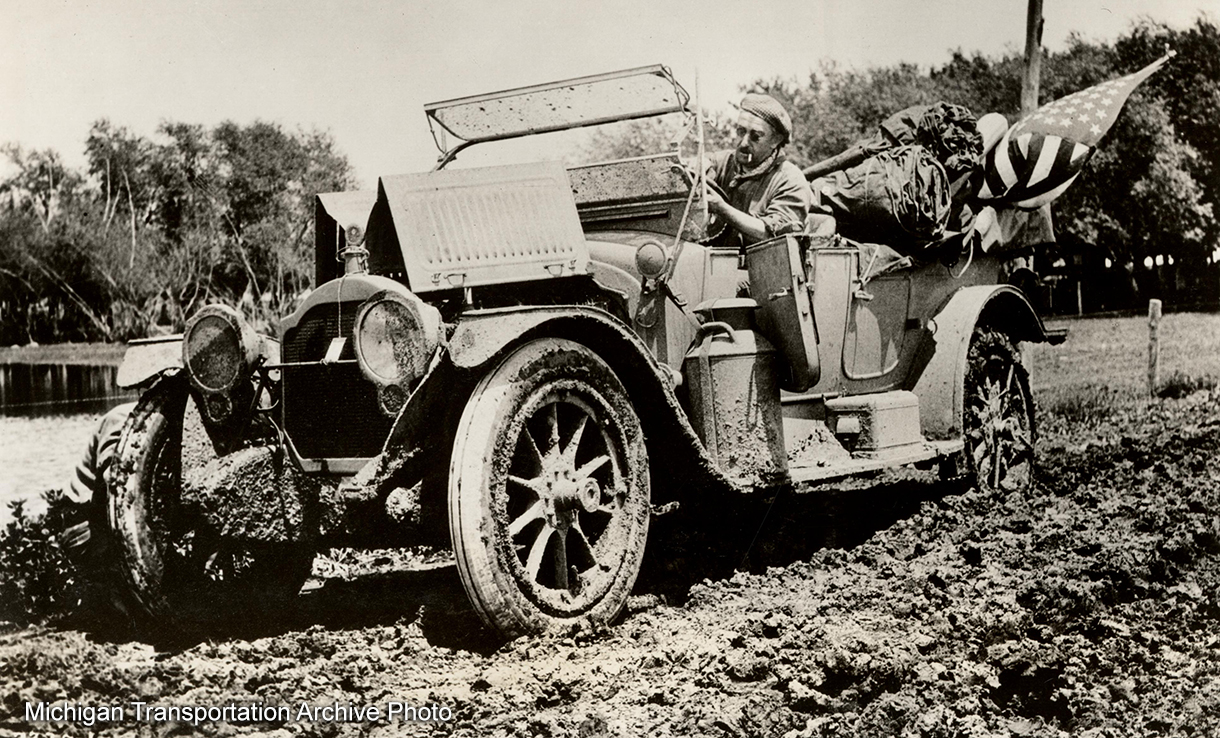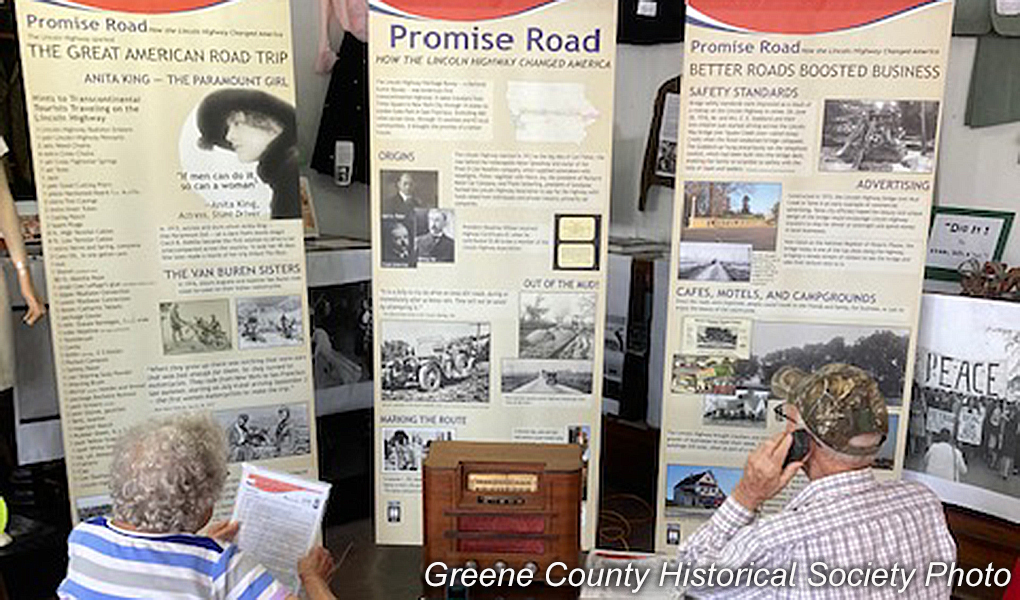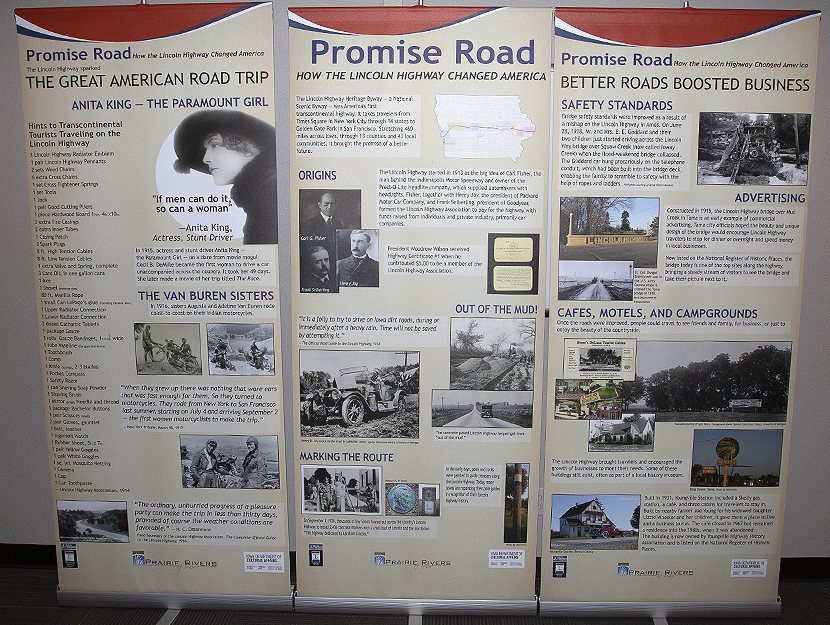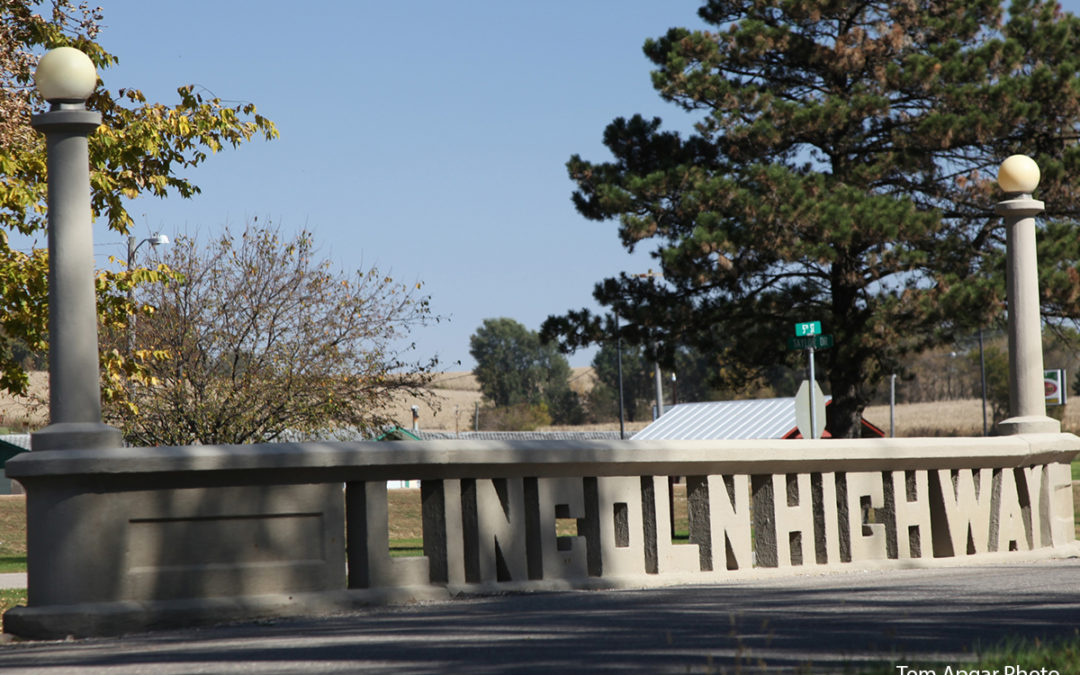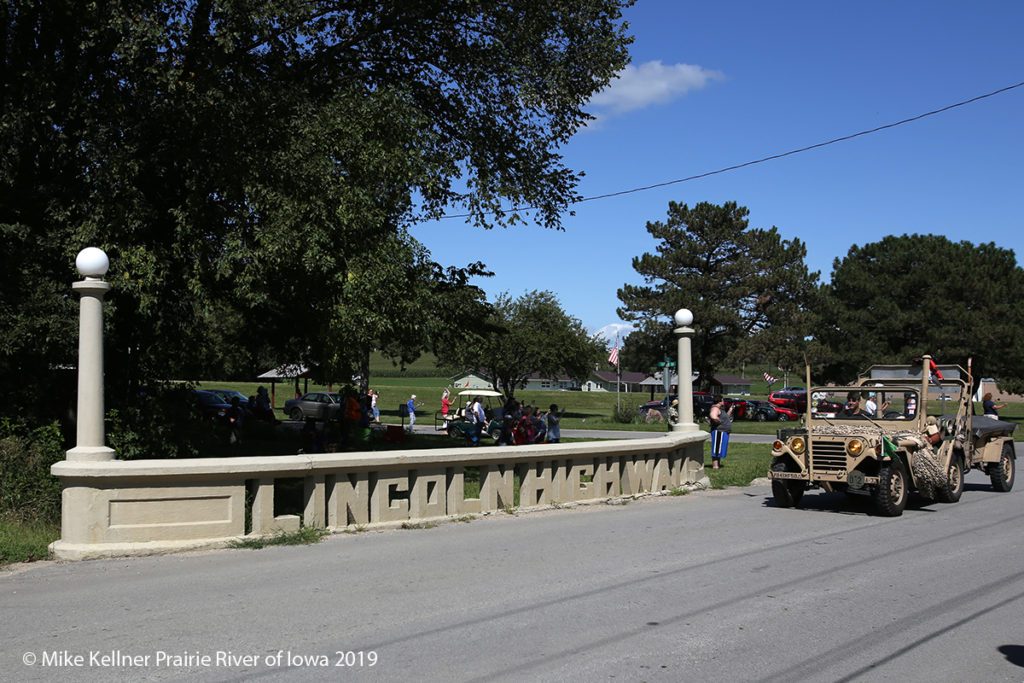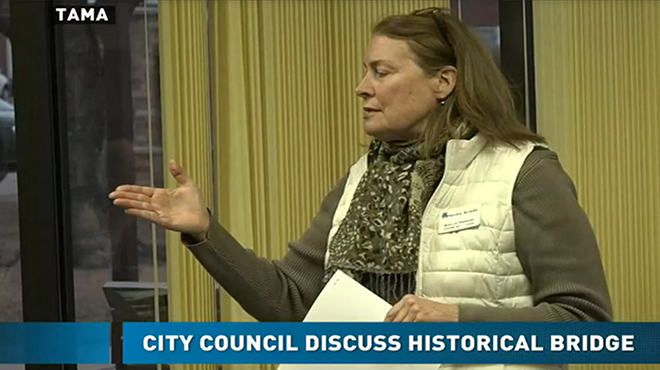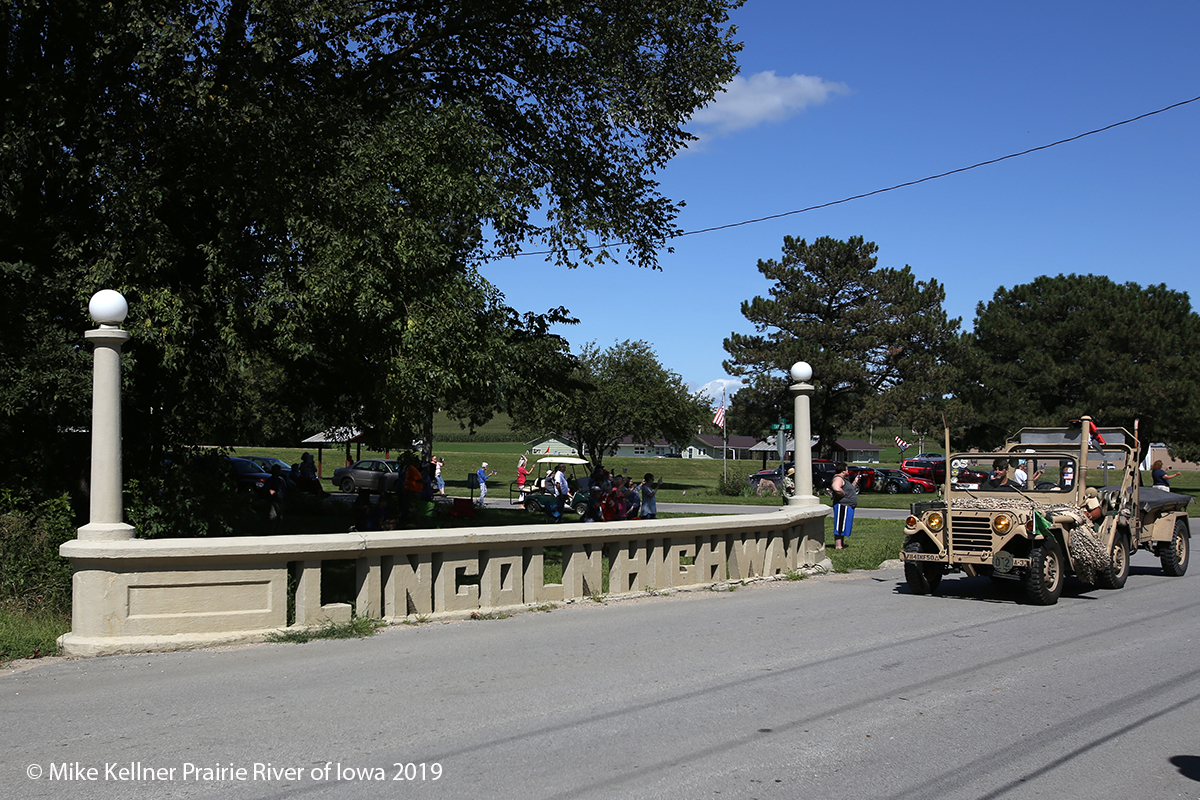
Iowa Department of Cultural Affairs Awards Prairie Rivers of Iowa a Historic Resources Development Project (HRDP) Grant
The Iowa Department of Cultural Affairs has awarded Prairie Rivers of Iowa a Historic Resources Development Project (HRDP) grant to assess the condition of the approximately 319 properties listed on the National Register of Historic Places along the Lincoln Highway Heritage Byway (LHHB) in Iowa.
Many historic properties have been lost over the years, and this survey is a critical first step in preserving them. Historic properties can be especially at risk because awareness of their value and knowledge of appropriate upkeep methods is often lost over time.
Established in 1913, the LHHB was the country’s first improved coast-to-coast highway. In 2021, it was nationally recognized by the National Scenic Byway Foundation as a National Heritage Byway for its contribution to transportation history.
Like the wagon train trails and railways before it, the Lincoln Highway opened cities and rural communities alike to vital population and commercial growth more than 100 years ago and brings heritage tourism and pride of place today. One-third of Iowans still live along the Lincoln Highway corridor and recognition of the Lincoln Highway connection is evident in festivals such as Nevada’s Lincoln Highway Days celebrated every August, and parks, like the Lincoln Highway Lion’s Club Tree Park in Grand Junction.
If you own or have knowledge of a property on the Lincoln Highway that is on the National Register of Historic Places, we would like to hear about it. Please contact Shellie Orngard, Project Manager, sorngard@prrcd.org.

